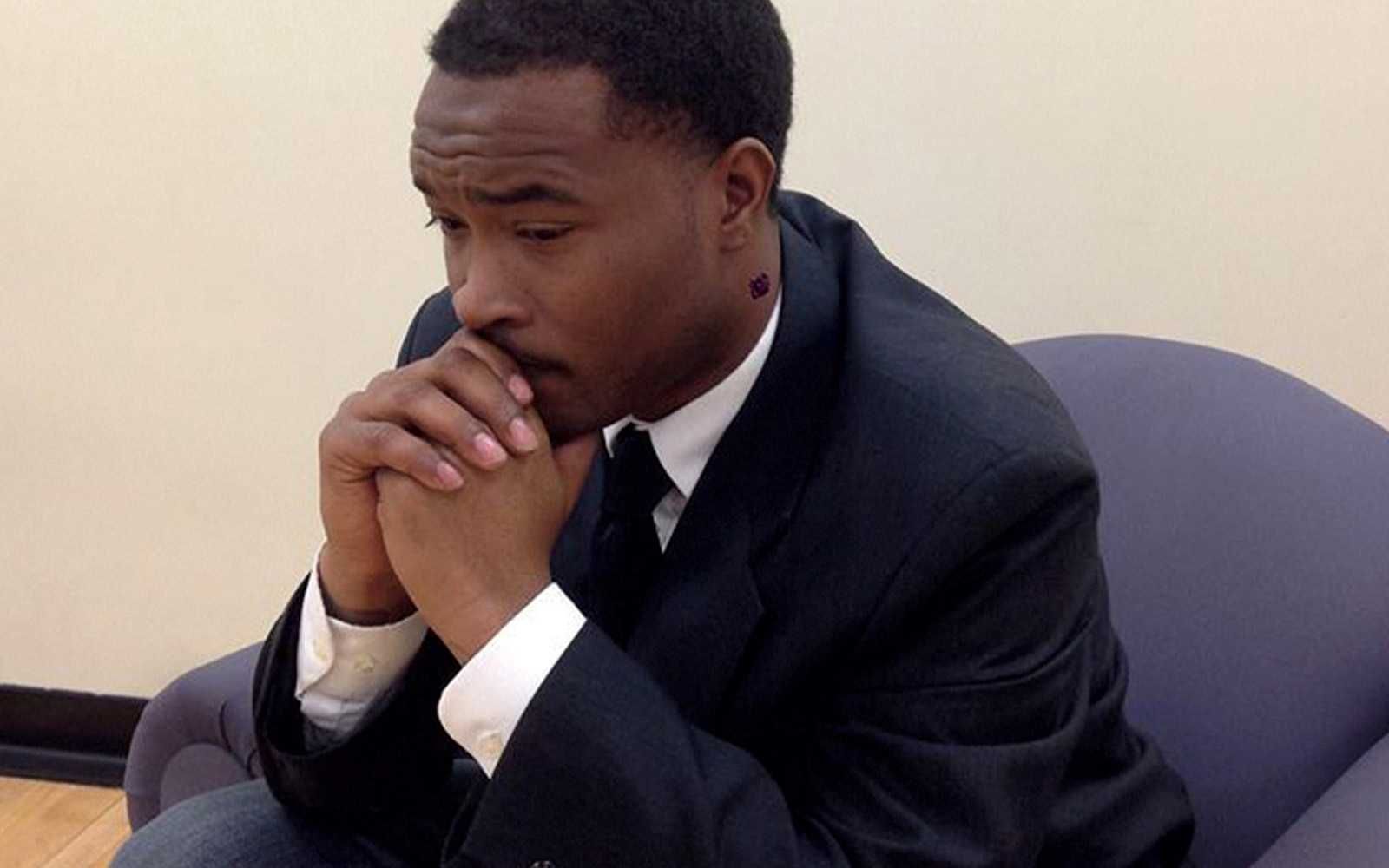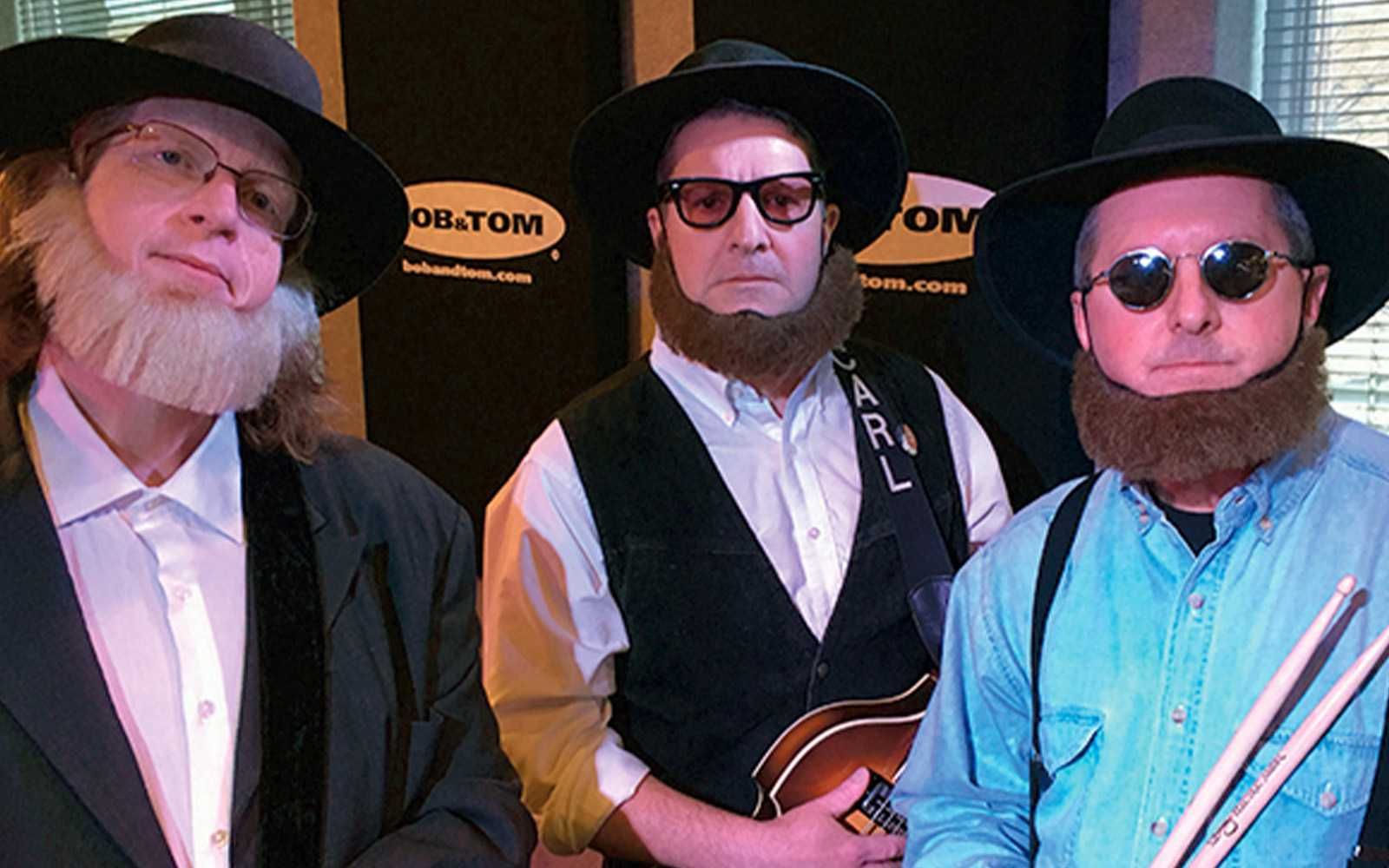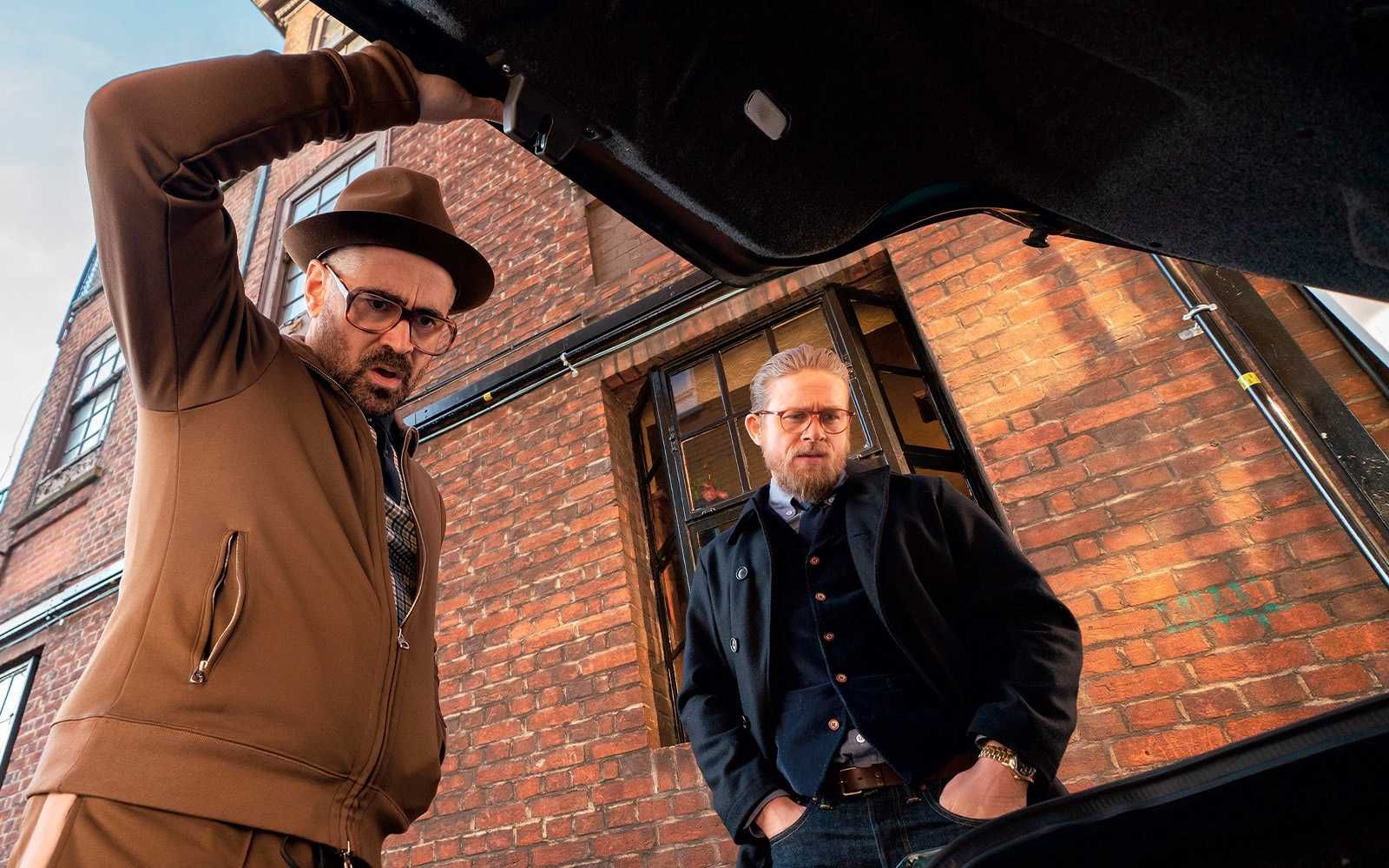Although the Fort Wayne Youtheatre stages four shows per season, as well as taking some shows out into the community through library and school performances, one show has become their calling card in the last seven seasons.
The Linda Ruffalo Young Heroes of Conscience Series, named for the late board president who helped to save Youtheatre during some very dire days, has provided a forum for exploration of some of the most beloved and important figures in our history and literature. Mary Ingalls, Ryan White, Ruby Bridges, Anne Frank, Harriet Tubman, and Helen Keller have all been the subject of the plays written and directed by Gregory Stieber.
MLK is the focus
This year the subject of the series is Dr. Martin Luther King Jr., and unlike the others, who are best known as children, Stieber uses the latter day King’s well-known accomplishments and persona as a launching pad for a look into the Civil Rights leader’s childhood and the path that brought him to a Montgomery bus boycott, a Selma bridge, a Birmingham jail, and a Memphis hotel room.
But unlike previous years, this year’s Young Heroes play and production are not solely on the shoulders of Stieber. He shares writing credit with Todd Espeland, executive and artistic director of Fort Wayne Youtheatre.
“Todd Espeland and I had been talking about a lot of worthwhile subjects for this year’s show,” Stieber said in an interview done, appropriately enough, on Martin Luther King Jr. Day. “But we settled on focusing on the youth and experiences of Martin Luther King. Since Todd has been with Youtheatre, he’s established a really wonderful relationship with the Embassy Theatre, and we’re going to be hosting the school performance of this show at the Embassy this year. If we’re going to have a big venue like that for the show, it deserves a big figure like Martin Luther King.”
When the subject has been chosen and approved, Stieber’s usual first step is to hit the library and begin his research. This year that dynamic shifted thanks to his co-author, and he was able to put his focus on other areas of the production.
“Todd is a real history buff, and he handles the exposition and details so well,” Stieber said. “He really did all the heavy lifting as far as the research goes. I’ve been focusing on the direction and the production and interweaving the tapestry of Americana and what he was going through during those years.”
Iconic images
Part of that tapestry comes from iconic images of the civil rights movement that don’t necessarily include King, moments that have endured and capture the horror and the power that was so keenly defined during those years.
Chief among them is a 1963 photo of a young African American student Anne Moody who, while sitting with two fellow students who were white, endured assault as she sat at a Woolworth’s luncheon counter in Jackson, Miss. As she and her friends attempted to eat a quiet lunch, they were pelted by a gang of angry white men who poured ketchup, mustard, and sugar on their heads. While the moment is appalling to observe, it also speaks to the quiet dignity of the three young people who bravely endured, not letting them bully them into leaving. The sit-in predates other Woolworth’s encounters that ultimately changed many segregationist laws.
Those are the kinds of images that Stieber strove to incorporate as he portrays the struggle that King was facing as he came of age and began his systematic non-violent approach to overcoming racism.
“The image is heartbreaking, but it’s also inspiring,” Stieber said. “Seeing that young woman and her friends who are sitting with her in support inspired a lot of my thinking as I was putting together the narrative.”
Unveiling a deeper story
One challenge Stieber faces is that many believe they know the story of King and his activism, and with the recent holiday many cable channels were running documentaries which gave voice to some of his most famous speeches and protests.
But Stieber is finding, particularly as he focuses on King’s earlier years, there is still so much to learn.
“People hear the name Martin Luther King, and they say, ‘Yeah, I know all about him,’” Stieber said. “But the story is so vast, and his accomplishments so many. He didn’t become an icon of history from nowhere. There were many things happening in those early years that led to his biggest lesson which was ‘Be Heard. Be Strong. Be Peaceful.’ That’s a bell that keeps on ringing. His strength was central to his message of peace, and it’s a tall order but one worth pursuing.”
Stieber also credits help from a member of the cast, Steven Manning, who portrays Martin Luther King Sr. in the production.
Stieber said that since he is “a middle-aged white guy,” he has much to learn about the African American experience. He credits Manning with providing a needed perspective.
“Steven has been a wonderful advisor during all of this,” Stieber said. “Just because I’m Caucasian doesn’t mean I can’t relate to those struggles, but it’s been so valuable to collaborate with someone who has lived through those times and understands.”
A choir and the music brought to life through the show by Tommy Saul adds even more to the moving story as does a nifty plot device to carry the audience through the story as it unfolds. And that brings a familiar face to the production, one everyone in Fort Wayne will likely recognize.
“What I wanted to do was show King in his Memphis hotel room the day of the assassination,” Stieber said. “The concept is that he’s being interviewed by a journalist, and his memories that he shares takes us back to many of his younger days and those stories that I’m interweaving. It’s a vehicle for the flashbacks that take us to his childhood.
“When I decided I wanted to do that, I asked Melissa Long if she would play the journalist, and she immediately said she’d be happy to. I feel so blessed that everyone has always been so supportive of this project. It’s just meant the world to me.”




